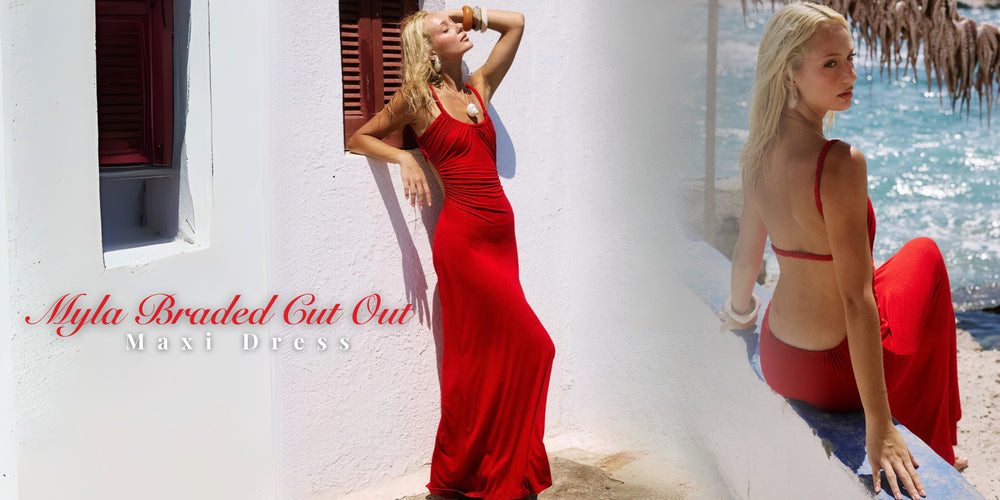The Allure and Anxiety of Red Dresses Explained
Wiki Article
The Allure and Anxiety of Red Dresses Explained
There’s something dangerous about a red dress. It’s the kind of danger that doesn’t wound, but whispers — the kind that turns heads, bends conversations, and leaves questions lingering long after you’ve walked away.
People call it bold, seductive, powerful. But they rarely talk about the other side — the quiet anxiety that often comes with wearing it, the silent storm of being seen too much. The red dresses don’t just attract eyes; it exposes the soul.
Let’s unravel the strange balance between allure and unease — and why no color captures that tension quite like red.

The Magnetic Pull of Red: Attraction in Its Purest Form
Red is primal. It’s the first color the human eye recognizes, the color of fire, blood, and life itself. Psychologists have long studied how red amplifies attraction — how it heightens pulse rates, intensifies focus, and evokes instinctive reactions we can’t explain away.
When someone wears red, they don’t just appear confident — they feel it. Their posture changes, their tone sharpens, their energy grows louder. The dress becomes an amplifier of presence.
But with that power comes a price.
Because when red makes you visible, it also makes you vulnerable.
The Hidden Anxiety of Being Seen
There’s an unspoken truth every woman in red knows — the moment you step into that dress, you surrender invisibility. The stares come first, then the assumptions, then the expectations.
Red doesn’t let you hide behind subtlety or silence. It commands a kind of attention that feels intoxicating and invasive all at once.
You can feel people watching.
You can feel yourself performing.
And even when you’re admired, a small part of you wonders: Is it me they see — or just the color?
That’s the paradox of the red dress. It promises empowerment but often brings exposure.
Cultural Weight: Red as a Symbol of Power and Danger
Red has never been neutral. In every culture, it carries both privilege and warning.
In China, it’s the color of joy and luck. In Western culture, it’s the color of seduction and sin. In religion, it’s worn by saints and sinners alike.
It’s no coincidence that both stop signs and love letters are red. The same color that says come closer also says beware.
When you wear red, you step into centuries of emotional memory. You don’t just wear a color — you wear everything it’s ever meant.
The Psychological Dance: Confidence Meets Self-Consciousness
There’s a strange duality in the experience of wearing red. Studies show that red can boost self-perception, making you feel more assertive and desirable. Yet those same studies show that observers perceive people in red as more provocative or dominant.
This creates an internal tension — empowerment mixed with pressure. You become aware of your power, but also of how that power is perceived.
That tension is what gives red its electricity. It’s why the red dress never feels ordinary. It’s a psychological negotiation between self-expression and self-protection.
The Emotional Echo After the Dress
Long after the event ends, you remember how it felt to wear red — not just the attention, but the pulse beneath it.
The excitement.
The nervousness.
The sense that you had become someone slightly more vivid than yourself.
That’s the hidden magic of red dresses. They don’t just change how people see you; they change how you experience yourself.
And that transformation — even if fleeting — leaves a trace.
Why the Red Dresses Still Wins
For all its complications, no color rivals red in storytelling, psychology, or style. It is the most human of colors — passionate yet cautious, confident yet insecure. It mirrors everything we are afraid to show and everything we secretly wish to be.
Report this wiki page